


Throughout her life, Mrs. Edward A. Deeds was a lover of music. By the time she had reached her early teens she was an accomplished musician. From then until her passing in 1949, music remained one of the dominant interests of her life. Her desire to share the beauty of good music with others found expression in many ways and culminated in her decision to erect a Carillon which for generations to come would be a source of enjoyment and relaxation for the people of this community. She saw this dream fulfilled when on Easter Sunday in April, 1942, the Deeds Carillon bells rang out in a program of Easter music. The beautiful shaft with its thirty-two bells became a striking symbol of the interest of Mrs. Deeds in music and in the community of which she was so long a part.
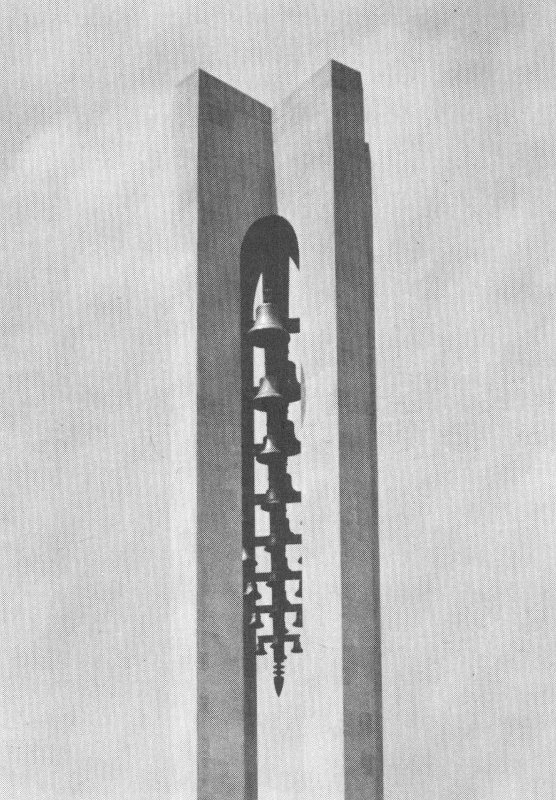
Carillon Park owes its existence to the generosity of two public-spirited Dayton citizens, Colonel and Mrs. Edward A. Deeds. It is an expression of the interests of two people expanded for the pleasure and advancement of the entire community.
The Park had its inception with the Carillon, the gift of Mrs. Deeds. Devoted to music from her girlhood, and herself an accomplished musician, she had the inspiration for it while listening to the chimes in one of the famous old belfries of Bruges. As the melodious notes fell on her ears she said to herself, “In no other way can simple and inspiring music be spread among the entire populace.” In that hour was born the idea of the Deeds Carillon which rears its majestic height in the midst of Carillon Park.
The idea of combining a group of bells to form a carillon dates back to the Middle Ages. Since bells provided the world’s oldest and most simple form of musical expression there came the evolution from a call 2 to prayer to a musical program. Some of Europe’s most famed and beautiful towers have carillons. The carillon was developed to a greater and more artistic extent in Belgium than in any other continental country, not only in Bruges but also in Antwerp, Ghent, and Mechlin. Around the carillon bells has been woven a tradition of beauty and inspirational service.

Mrs. Edward A. Deeds and Colonel Deeds at the first regularly scheduled carillon program August 23, 1942.
Before embarking on her enterprise Mrs. Deeds viewed many carillons at home and abroad and made a careful study of bells. The initial requirement was to find a site which would provide the best ultimate results from carillon music without echo and the jumbling of tone. Early in her planning Mrs. Deeds considered Deeds Park at the junction of the Miami River and Mad River. This park—a gift of Colonel Deeds to the city of Dayton—would have made an appropriate setting. The idea was reluctantly abandoned because of interfering noises and sound deflection which would occur in the area. Finally Mrs. Deeds decided upon a site in the triangular area located between Patterson Boulevard and Carillon Boulevard almost adjacent to Old River, The National Cash Register Company recreational park.
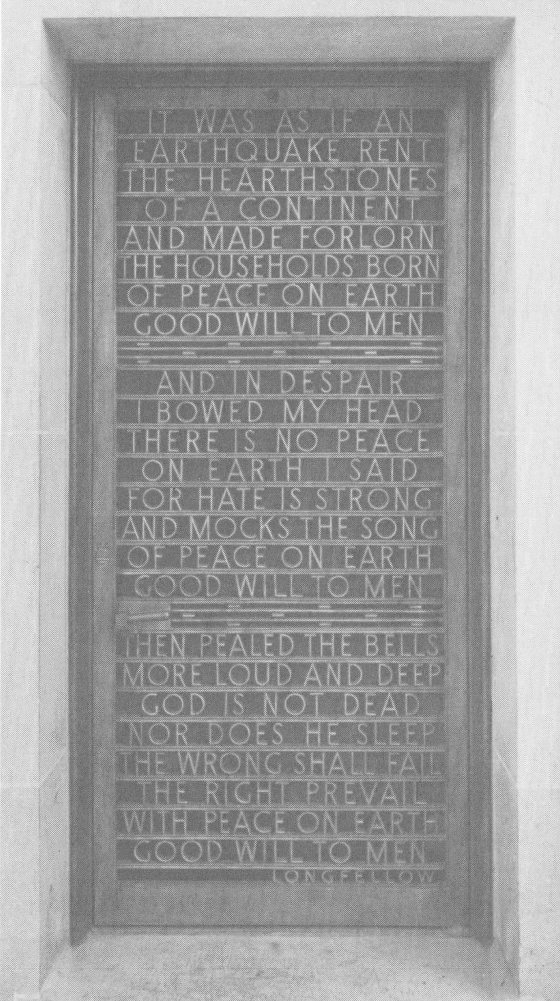
The beautiful bronze door at the Carillon is more than an entranceway. In the cherished words of Longfellow’s “Christmas Bells” it expresses the spirit in which the Carillon was conceived and dedicated to the service of the people ... “With Peace on Earth, good will to men.”
IT WAS AS IF AN EARTHQUAKE RENT
THE HEARTHSTONES OF A CONTINENT
AND MADE FORLORN
THE HOUSEHOLDS BORN
OF PEACE ON EARTH GOOD WILL TO MEN
AND IN DESPAIR I BOWED MY HEAD
THERE IS NO PEACE ON EARTH I SAID
FOR HATE IS STRONG
AND MOCKS THE SONG
OF PEACE ON EARTH GOOD WILL TO MEN
THEN PEALED THE BELLS MORE LOUD AND DEEP
GOD IS NOT DEAD NOR DOES HE SLEEP
THE WRONG SHALL FAIL
THE RIGHT PREVAIL
WITH PEACE ON EARTH GOOD WILL TO MEN
LONGFELLOW
The sixty-one acres comprised in Carillon Park represent a notable piece of reclamation. For many years it was periodically flooded and became a bushy swamp breeding mosquitoes and germs. It was one of Dayton’s eyesores in addition to being a menace to health. The decision to build the Deeds Carillon led to its transformation. Within a year the one-time “dismal swamp” emerged as an ideal pleasure ground equipped with a parking space for hundreds of motor cars. In this lovely, wooded, and verdant environment the citizens of Dayton and all others who come, relax and enjoy the music of the carillon bells.
Including both large and small examples, there were only six true carillon towers in the United States prior to the construction of the Deeds Carillon. Of these, two were on college grounds, two on private estates, one in a cemetery, while the sixth was the one built by the late Edward K. Bok on his Florida estate. A true carillon must have a minimum of twenty-three bells providing the tones and semitones to encompass the full octaves. Except in rare instances when they were hung in the gabled arches of the old Spanish missions and outside oriental temples, carillon bells are seldom seen. For hundreds of years architects have struggled with the problem of providing structures to support carillons which will elevate them to a height at which they can be adequately heard over the surrounding countryside. The solution had invariably been to erect an enclosed tower in which the bells are hidden from view and covered with grilles which screen the bells from sight and tend to muffle the sound.

The casting of carillon bells is an art handed down from father to son. The Meneely Company which cast the Deeds Carillon bells practiced the art for six generations. Once a bell is cast, no alterations can be made in it. If a true tone is not achieved the work must be done over.
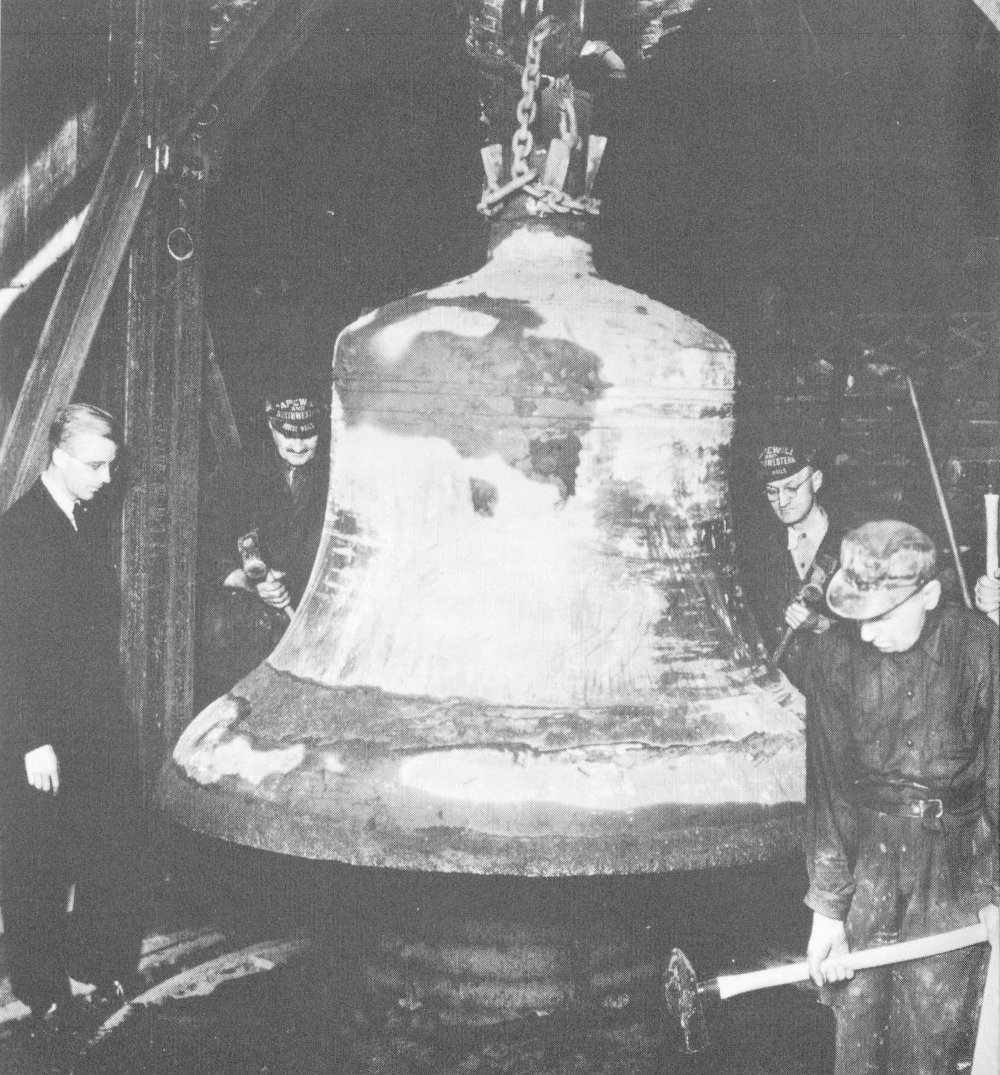
The largest bell in the chandelier of 32 bells in the Deeds Carillon weighs 7,000 pounds, and the smallest 250 pounds. They are cast in bronze and the total weight of all the bells and the chandelier is 32 tons.
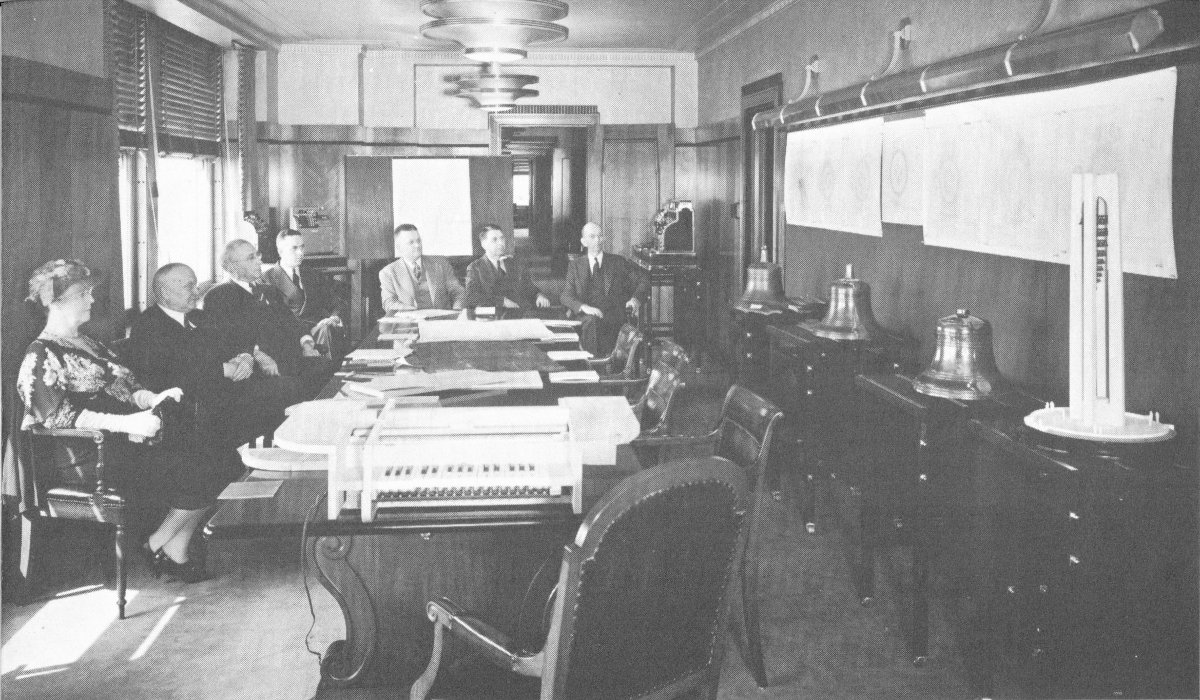
Hours of planning and consultation with architects and the bell casters went into the building of the Deeds Carillon.
Starting with the instruction from Mrs. Deeds that the thirty-two bells in the Deeds Carillon must all be exposed to view, the architects, after long study and investigation, were able to carry out her wishes. The Deeds Carillon is the first tower to have all the bells mounted entirely in the open, thus insuring greater carrying power and purest, unrestricted beauty of tone. Such a departure from the old method of construction required a complete rechecking of the science of carillon tower design and bell placement.
Like Colonel Deeds, Mrs. Deeds was a perfectionist. She visioned the ideal structure, and the architects, Reinhard, Hofmeister & Walquist of New York, designers of Rockefeller Center, met every requirement. The landscaping surrounding the tower was in the hands of Olmstead Brothers of Boston, foremost in their field.
An unusual feature of the design is the so-called entasis of the sides of the tower in which they were reduced toward the top as much as eighteen inches, not in a straight line but by means of a curve which bows three inches from top to bottom. The purpose of this is not to make the sides bulge but to correct the optical illusion of pinching in and actually making the sides look straight. This was the device employed by the ancient Greeks for the same purpose in the design of their classic columns.

The stone shafts of the Carillon are built around a steel core.
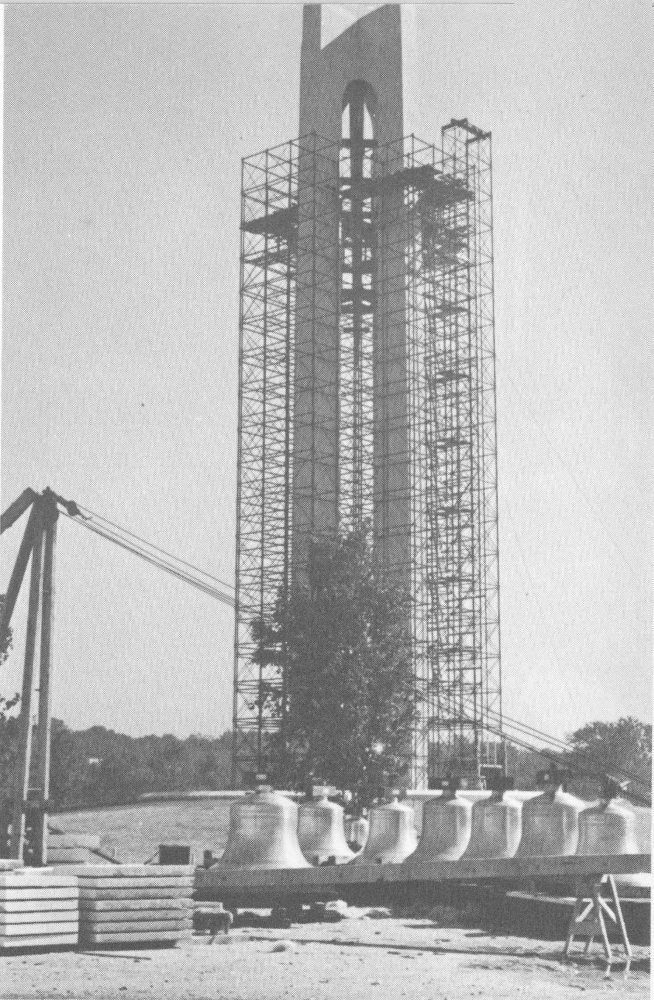
A mass of scaffolding was a requisite in building the Carillon.
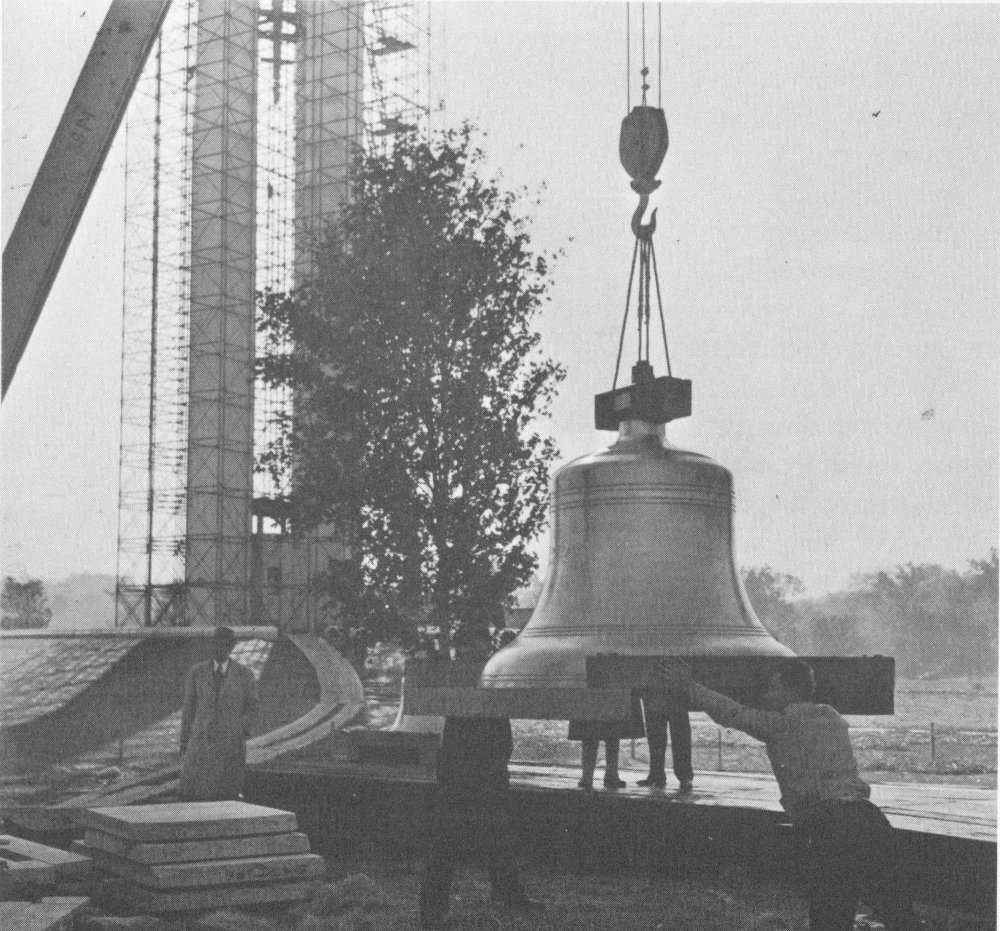
Moving the bells from the freight cars which brought them to Dayton and hanging them in position were operations which called for great skill.
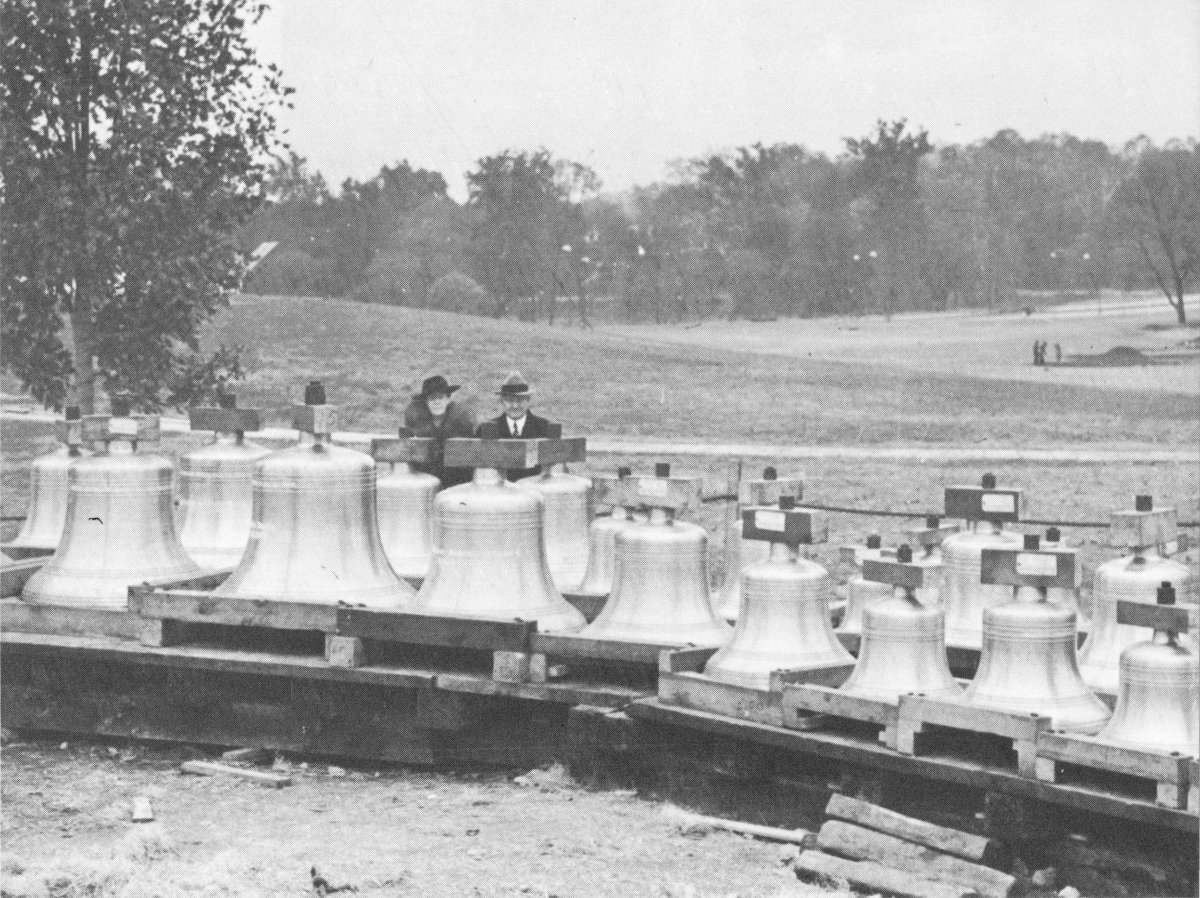
The impressive array of the 32 bells in the Carillon arranged at its base just previous to being placed in position.
The Carillon tower, built of granite, steel, and limestone, soars skyward 151 feet from the base planted on a green and friendly hill. It is a shaft of precise beauty, dramatic in its simplicity, and terminating in noble arches. Suspended from the cross-shaped intersections of the arches, in full sight from all directions and visible for miles around, is the chandelier of bells. At the base of the Carillon is the Console Room. From here an elaborate electrical system plays the bells through the touch of the operator’s fingers at the console.
The actual ringing of the bells requires an unusual mechanism consisting of an electrical solenoid, delivering a blow of proper force for each size of bell. Suitable screens, designed so as not to interfere with the sound, are placed at the bottom of the mechanism so that each bell, when viewed from the ground, presents a uniform appearance, only the clapper being visible. This was the first time that such a type of construction in all its details had been followed, making possible a full, rich beauty of tone.

The console which controls the playing of the Carillon is located in a special room within the structure.
In kinship with the spiritual fervor and idealism built into the Carillon is the impressive bronze door bearing these inspirational words by Longfellow:
It was as if an earthquake rent
The hearthstones of a continent,
And made forlorn the households born
Of peace on earth good will to men.
And in despair I bowed my head
There is no peace on earth I said
For hate is strong and mocks the song
Of peace on earth good will to men.
Then pealed the bells more loud and deep
God is not dead nor does He sleep,
The wrong shall fail, the right prevail
With peace on earth good will to men.
The bells range in size from six feet in diameter with a weight of 7,000 pounds to the smallest one which is eighteen inches in diameter weighing 250 pounds. Of the thirty-two bells in the Carillon, twenty-three are speaking bells covering a range of two full octaves from B flat below middle C. On the speaking bells were inscribed the names of the Deeds family then living, while on the silent bells appear the names of six deceased members.
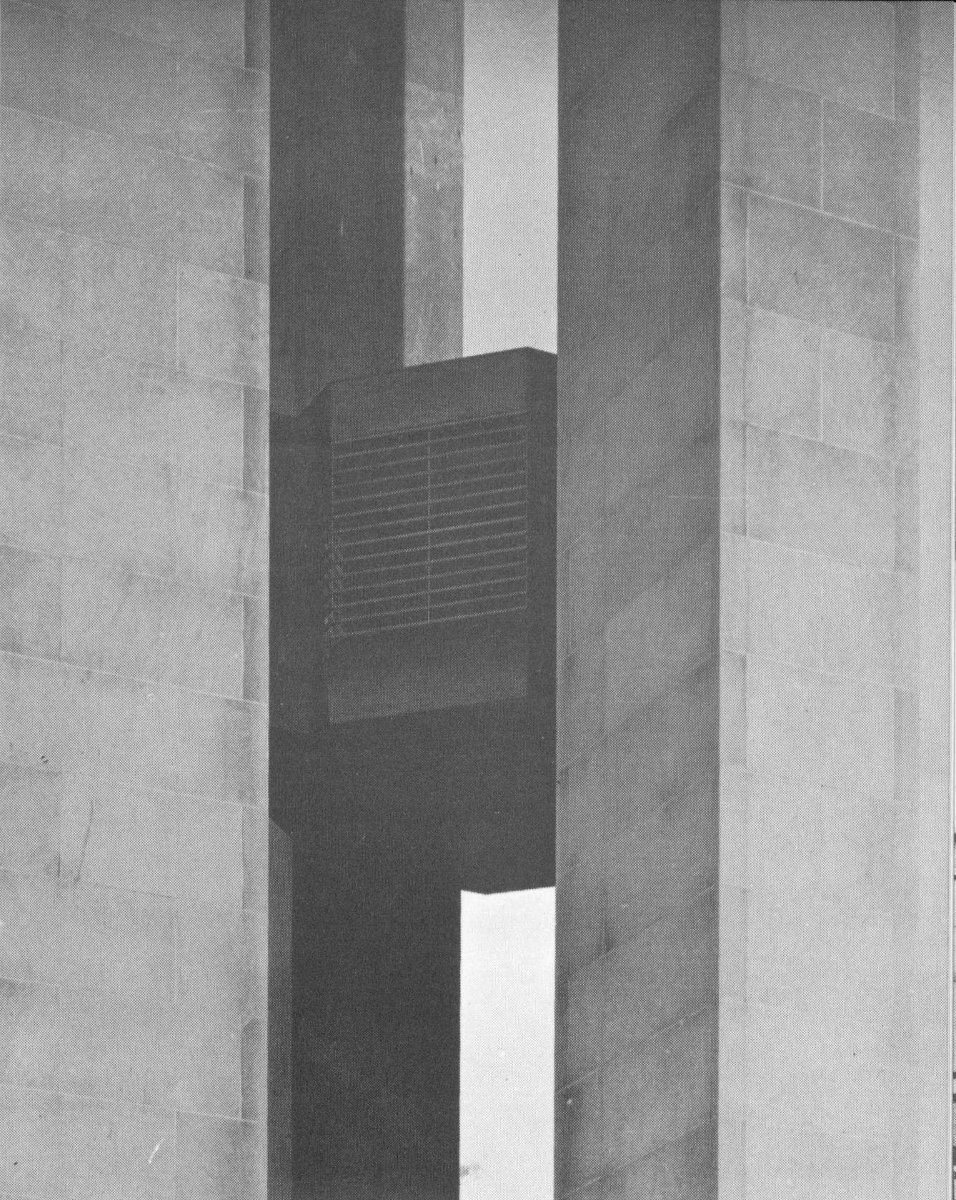
The Celestron was added several years after the Carillon was built. This is an amplifying system incorporating a number of advanced features and making it possible to play recorded music so that it can be heard over a wide area. The Celestron has no connection with the Carillon bells. Since the addition of the Celestron, most programs are divided between carillon music and recorded music.
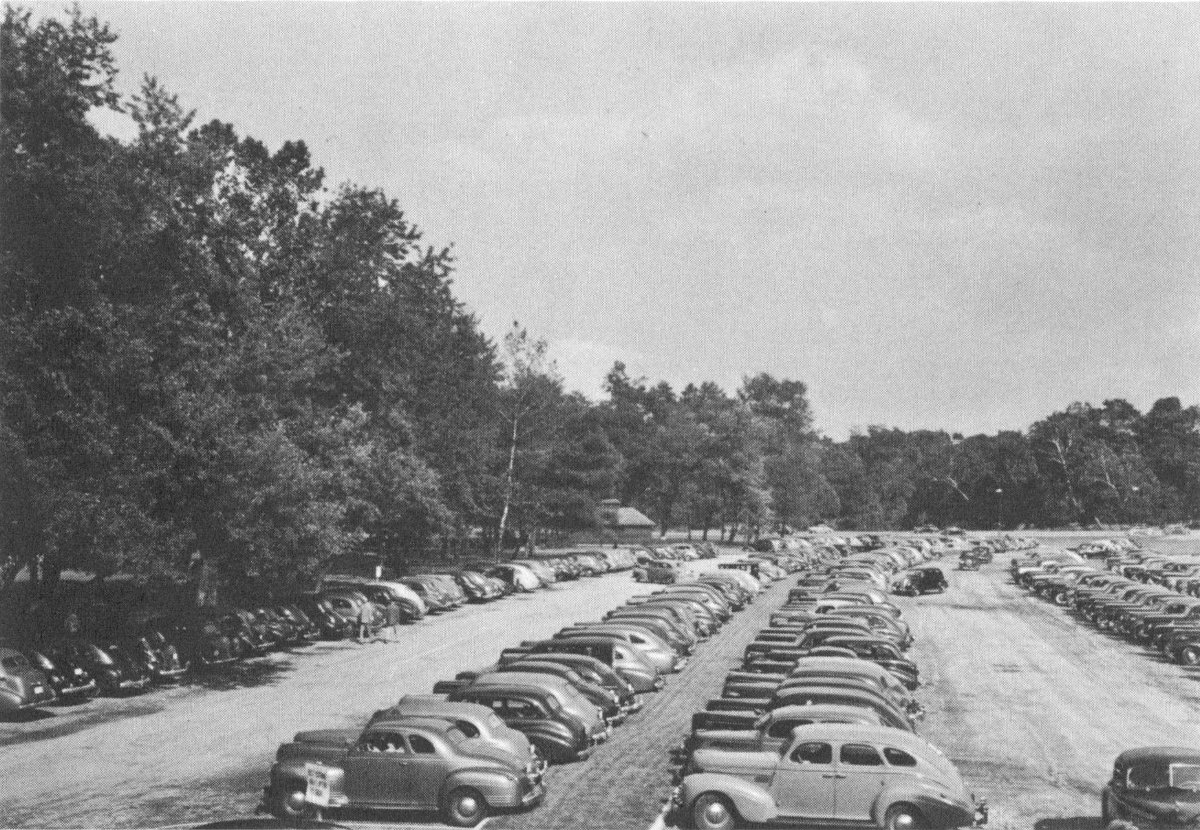
This scene in the Carillon parking area has been duplicated many times, as Sunday afternoon programs and others have been presented.

Easter Dawn Services at the Carillon.
The same loving care that was lavished on the planning of the Carillon has found expression in the arrangement of the programs. Mrs. Deeds personally supervised the selection and arrangement of more than 400 musical selections so they could be played on the bells. The music has been transferred to sheets of white Bristol paper bearing the Carillon crest which are filed systematically for reference.
Thirty-five feet above the base of the Carillon tower is a balcony-like structure in bronze which contains a room twelve feet in diameter and six feet high. In this room are installed thirty-two powerful high-fidelity speakers of the most advanced design. On Easter morning, Christmas Eve, and other occasions, programs are broadcast directly to the countryside. Recorded music, performed by the world’s finest bands, choruses, orchestras and soloists, is to be heard with all its beauty for nearly a mile in every direction throughout the wide-open spaces about the Carillon tower. This Celestron is not connected in any way with the chandelier of bells of the Carillon. It is an additional instrument for the pleasure of those who love good music.
The science of bell-making is an old one. Sometimes it is necessary to cast twenty or thirty bells to fill an order for a ten-bell chime. The Deeds Carillon bells were made by The Meneely Bell Company of Troy, New York.
12CELESTRON
- An especially designed amplifying installation for the playing of recorded music.
- 32 high-fidelity speakers. Uniform frequency range from 50 to 15,000 cycles.
- Total operating power—5,500 watts.
- Bronze Galeria 12 ft. in width; located 35 ft. above terrace.
- Record player in Console Room.
- Control panels in Power Room.

The sectional diagram at the left shows the construction and arrangement of the Carillon both above and below ground. The map shows location and parking area.
| Number of bells | 32 |
| Total weight of bell chandelier | 32 tons |
| Diameter smallest bell | 1 ft. 6 in. |
| Diameter largest bell | 6 ft. |
| Height of tower above terrace | 151 ft. 6 in. |
| Height of tower from bottom of foundation | 183 ft. 7 in. |
| Construction: | |
| Indiana Limestone with Granite Base. | |
| 1 Chandelier of bells | |
| 2 Galeria for Celestron | |
| 3 Carillon Console Room and Celestron Record Player | |
| 4 Power Room | |
| 5 Basement | |
A most spectacular step in bell-making comes when the copper and tin are melted and mixed in the oil furnace, brought to just the proper temperature, and then carried in a huge ladle from which the molten alloy is poured into the mold.
Larger bells are kept buried in dirt for days after the casting to retard their cooling. Sometimes weeks go by before the bell can be “shaken out” and the founder gets the final check on the accuracy of his calculations.
The Meneely Bell Company foundry represented a curious mixture of the old and the new. There was the main foundry with its large modern oil melting furnaces in which was blended the age-old mixture of copper and tin which is known in the textbooks as “bell metal”.... Out in the next shop were the blacksmith and his helper, skillfully working iron into the special bell mountings. Immediately behind this was the 13 finishing room where large and small bells were cleaned and buffed, while finished ones were being set into their mountings for final tests before shipment. Upstairs, patterns and cabinets were fashioned from wood; while on a nearby drafting board a chime would take form as it would fit into its final position in the tower.
In making bells, there must be a complete understanding of the technical elements that make a bell ring true. Meneely’s men knew that a pure tone was a definite number of vibrations per second as sensed by the human ear.
The sound of a single tone is pleasant but colorless. The usual tone is made up of a number of different pure tones, blending together, with the dominant one giving the tone its pitch. Practically everything that will vibrate will produce a tone, but only certain combinations will have the musical qualities which distinguish them from unpleasant “noise.”
In this country, the commonest form of chime is that found in clock towers. Principally used to strike the quarters and hours, these bells are usually stationary and seldom number more than four or five; hence no complete airs can be played with them.
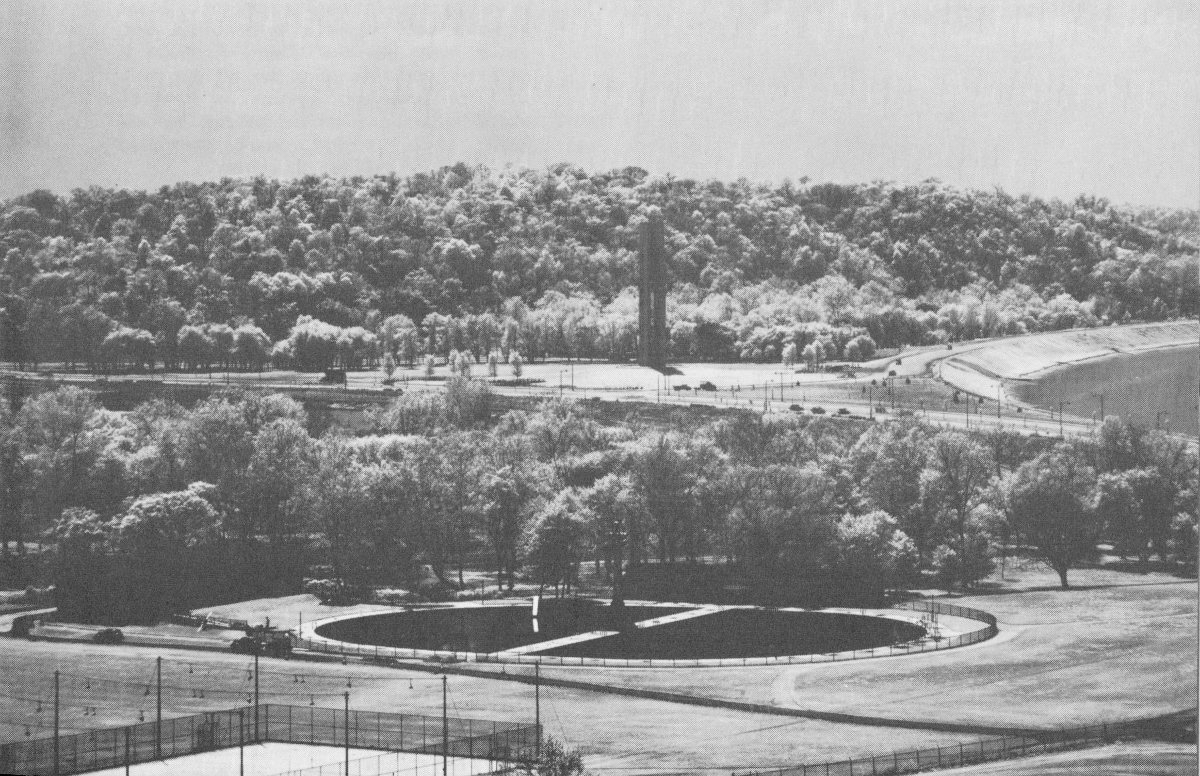
From an acoustical standpoint the Deeds Carillon is ideally located. The hills to the south provide a natural sounding board and enhance the tone of the music.
Chimes usually contain a minimum of ten bells, which give enough tones in the diatonic scale to permit the rendering of hundreds of complete hymns, folk songs, etc., in simple harmonies. Chimes are typically an American form of art and are found in our churches in every part of the country. The bells do not move, but the clappers are operated from manual claviers, or by modern electrical methods employing small piano-like keyboards.

This picture shows how the bells are mounted on the chandelier and hang suspended from the top of the Carillon. The larger bells are at the top of the chandelier.

The regular Sunday afternoon concerts at Carillon Park have drawn music lovers in ever-increasing numbers. In the informal atmosphere of a beautiful park on a sunny summer afternoon, there is pleasure and relaxation for all the family. The hour-long program is now divided between numbers played on the bells and recorded music amplified through the Celestron.
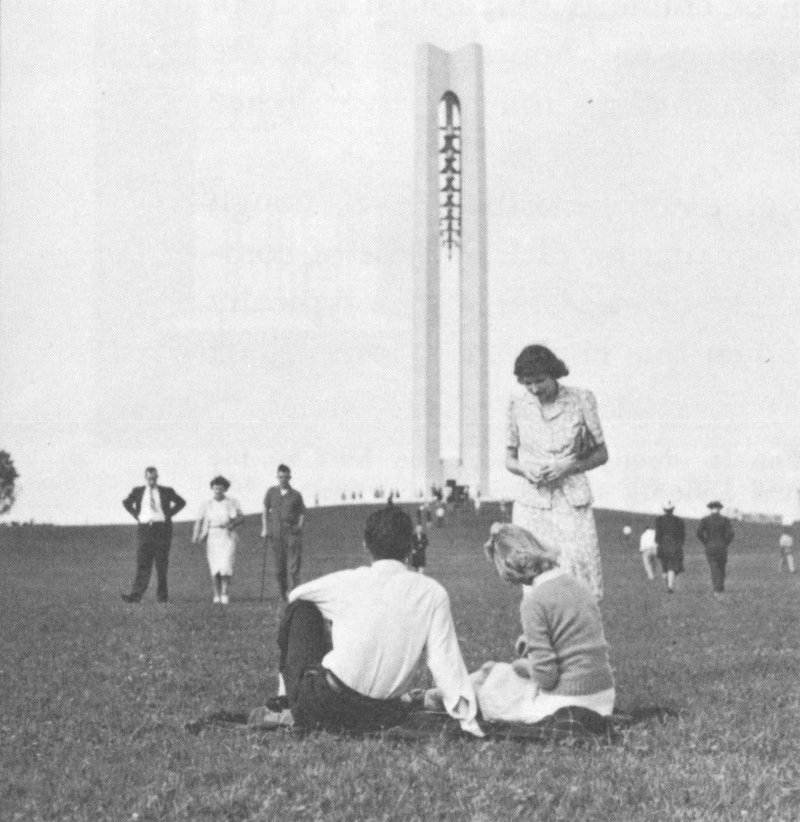
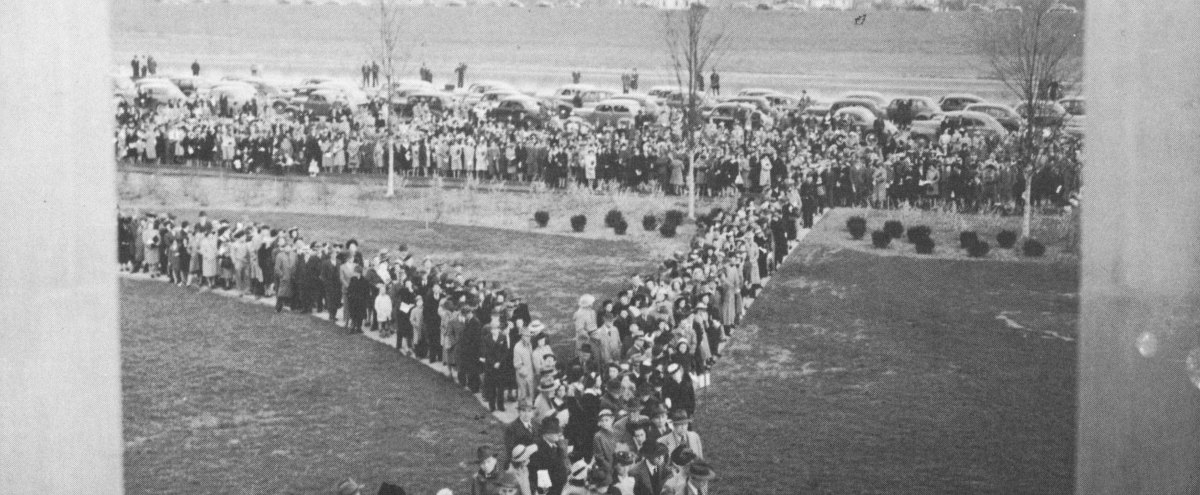
The first regularly scheduled Deeds Carillon program was presented on Sunday, August 23, 1942, in the presence of a capacity crowd. The first two programs were played by Mrs. Deeds. Since that inaugural day, programs are given every Sunday afternoon, June through October, and at Easter Sunrise.
Once Carillon Park had been created, Colonel Deeds stepped into the picture for his contribution to the project. His wise counsel and sense of perfection had contributed much to the success of the tower construction. He now set about to gratify his love for the historic with the larger conception of providing a group of exhibits that would be a visual lesson in history. The striking parade of transportation in the Park dating from the picturesque days of the Conestoga wagon and the Concord coach to the Wright airplane is the result. Every exhibit meant painstaking research and discriminating choice.
The Deeds Carillon stands on a three-acre tract purchased by Mrs. Deeds from NCR. The property was, in turn deeded to Educational and Musical Arts, Incorporated. This is an administrative subsidiary of the Dayton Foundation, especially created to carry out the construction and perpetuation plans through a group of Dayton’s civic leaders who were proud and glad to assume the responsibility. The financial requirements for maintenance and operation are met through an endowment fund created by Mrs. Deeds and contributions of Colonel Deeds.
Carillon Park is unique among the gifts for public enjoyment in that it serves a threefold purpose. The Carillon itself, with its eloquent and deep-toned bells, is a spiritual stimulant for Dayton, a source of beauty and inspiration. The Park, a natural beauty spot, is a sanctuary for all people, while the historical exhibits are highly educational.
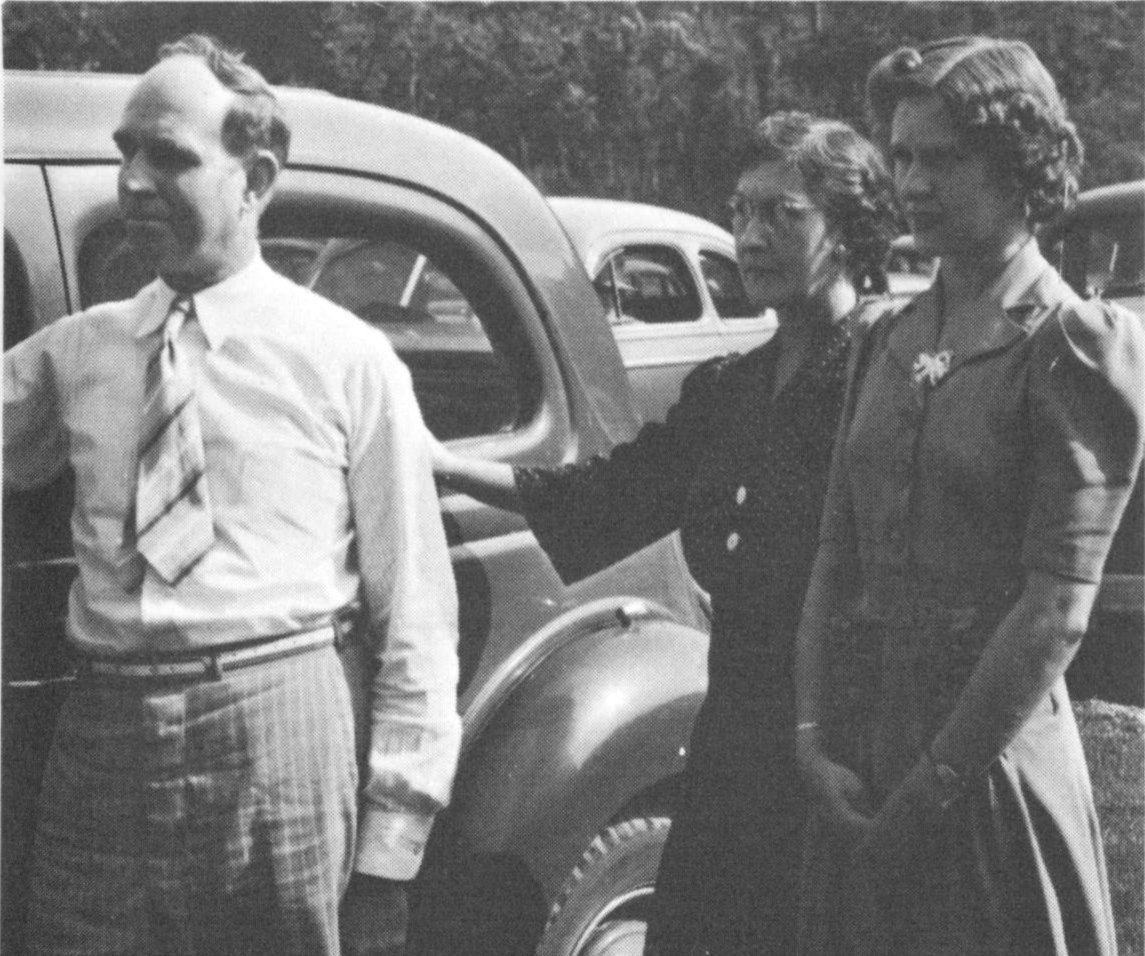

In a desire to perpetuate some of those links with the past which are rapidly passing from the scene, an historical exhibit has been set up in Carillon Park. The caretaker’s house has been built as a replica of an old grist mill and includes a water wheel which turns a millstone, just as in the mills of yesterday.
Most of the other exhibits are concerned with transportation and tell the story of man’s progress from the days of the Conestoga wagon, the Concord coach and the canal, to the airplane. They also include a covered bridge which long served the people of this valley and a grasshopper locomotive, the oldest in existence.

The Concord Coach

The Steam Fire Engine
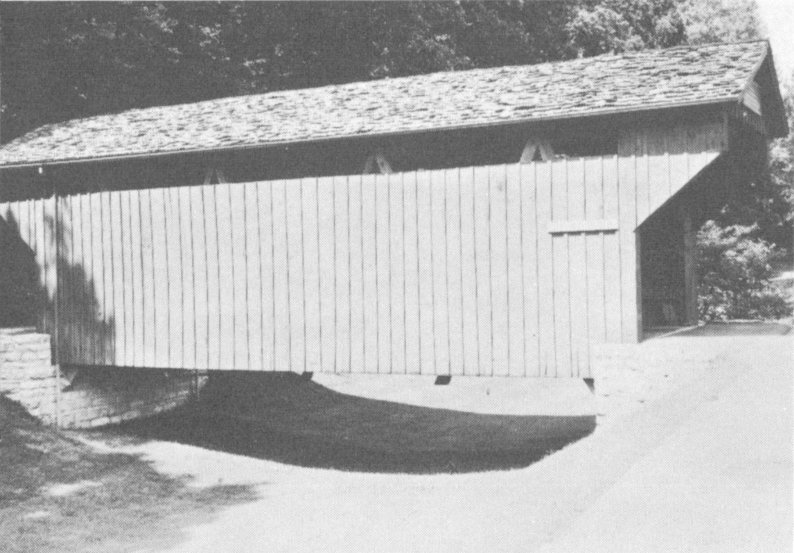
The Old Covered Bridge
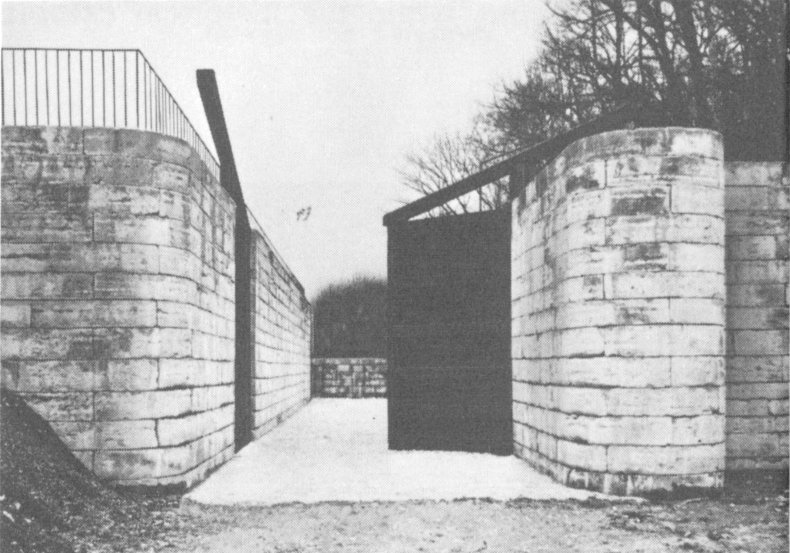
Original Canal Lock
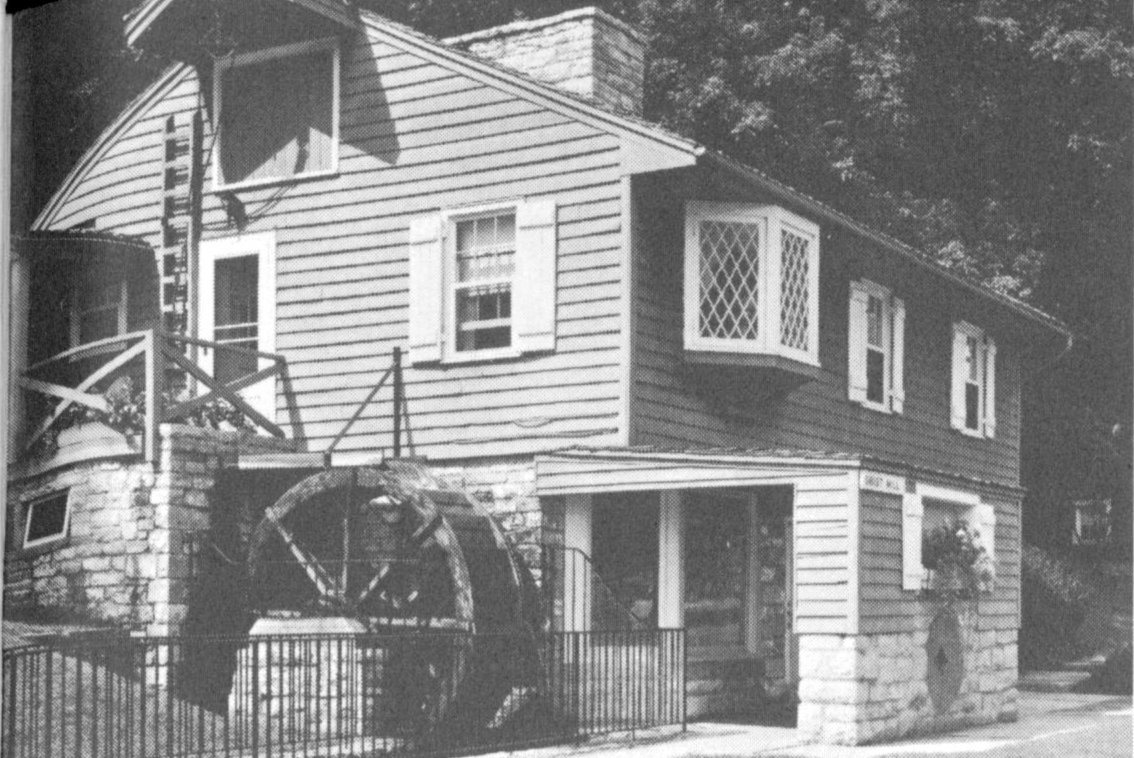
The Old Grist Mill
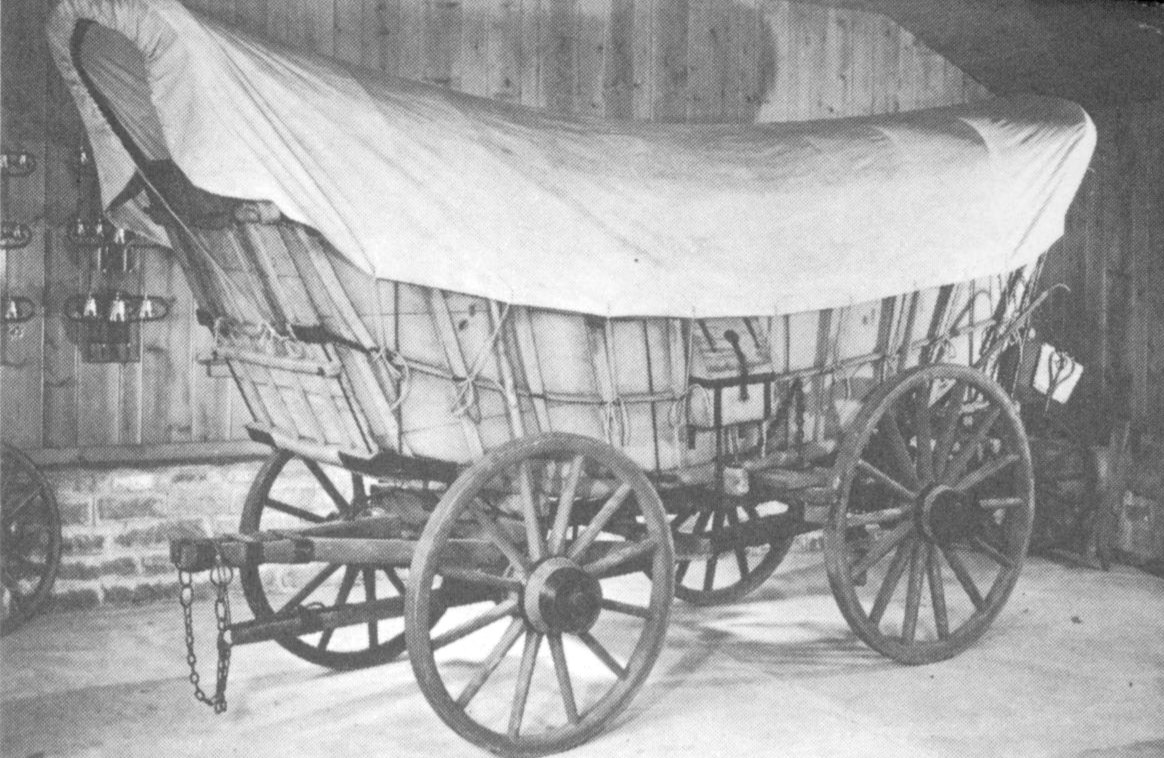
The Conestoga Wagon

The restored 1905 Wright airplane

The Grasshopper Locomotive
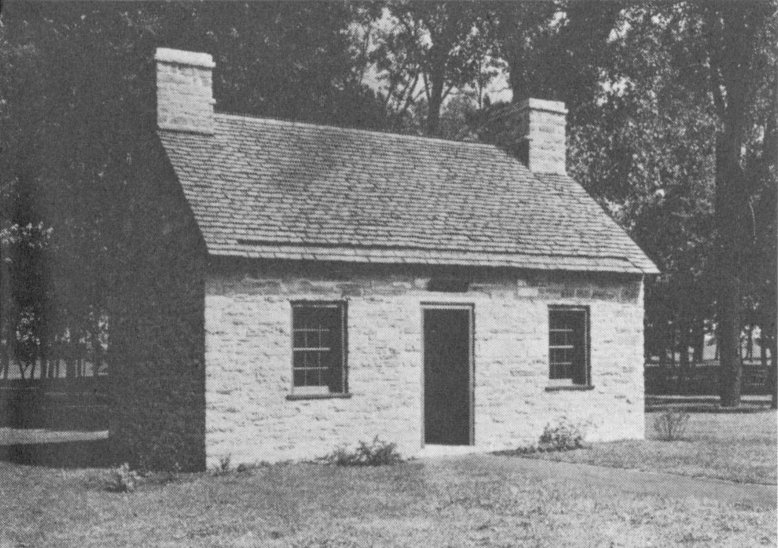
The Pioneer Home

Deeds Barn

The Deeds Carillon is no less impressive by night than by day. Softly lighted, it reaches skyward, symbolic in its strength and simplicity of the spirit of the people to whom it is dedicated.
CARILLON PARK
DAYTON, OHIO
One of a series of Carillon Park booklets.
Price ten cents.
PRINTED IN U.S.A.